Home>Garden Essentials>How To Get Dahlia Seeds
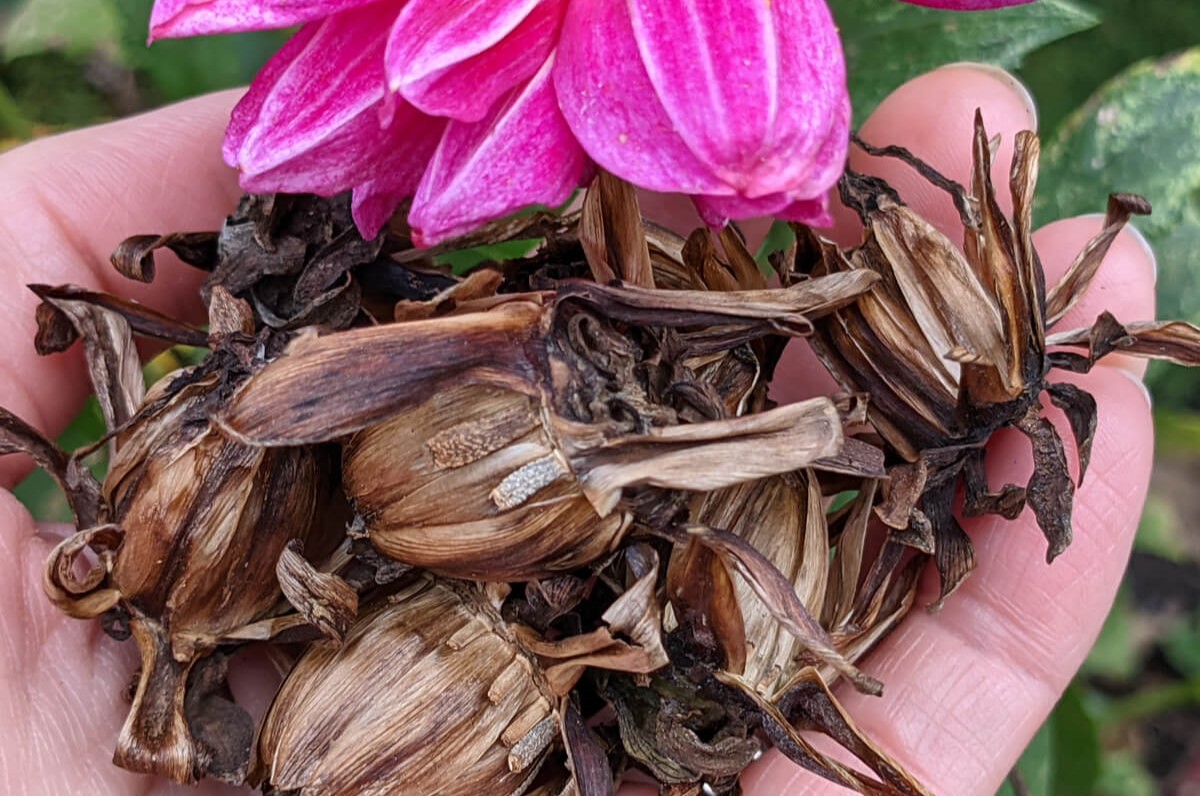

Garden Essentials
How To Get Dahlia Seeds
Modified: August 20, 2024
Learn how to get Dahlia seeds and enhance your garden with this comprehensive guide. Discover the best techniques for successful seed harvesting and propagation.
(Many of the links in this article redirect to a specific reviewed product. Your purchase of these products through affiliate links helps to generate commission for Storables.com, at no extra cost. Learn more)
Introduction
Welcome to the world of dahlias, a beautiful and diverse group of flowering plants that can add color and elegance to any garden or landscape. If you have ever marveled at the vibrant, show-stopping blooms of these plants and wondered how you could grow them in your own garden, then you’ve come to the right place.
In this article, we will explore the fascinating world of dahlia seeds – how to obtain them, how to plant them, and how to nurture them into flourishing plants. Whether you’re a seasoned gardener looking for a new challenge or a beginner just starting out, understanding the process of growing dahlias from seeds can be both rewarding and exciting.
So, let’s dive in and discover the wonders of dahlia seeds!
Key Takeaways:
- Growing dahlia seeds offers an exciting journey from tiny seeds to vibrant plants, but it requires patience, attention to detail, and proper care to succeed. It’s a rewarding experience for any gardener, beginner or seasoned.
- Harvesting and storing dahlia seeds allows for the preservation of specific traits and the creation of new varieties. Proper drying, labeling, and storage techniques are essential to safeguard the seeds for future plantings.
Read more: How To Collect Dahlia Seeds
Understanding Dahlia Seeds
Dahlia seeds are the reproductive structures produced by dahlia flowers. They come in various shapes, sizes, and colors, depending on the specific dahlia variety. These seeds contain the genetic material necessary for the development of a new dahlia plant.
It’s important to understand that not all dahlias produce seeds that are true to their parent plants. Cross-pollination can occur between different dahlia varieties, resulting in hybrid seeds with characteristics that may differ from the parent plants. However, if you want to maintain the exact traits of a specific dahlia variety, it’s best to propagate the plant through other methods such as tuber division or taking cuttings.
Dahlia seeds are typically small and dark in color, resembling small grains or tiny beads. They are usually enclosed in a seed pod, which can be green or brown in color depending on the stage of maturity. When the seeds are mature, the seed pod will naturally dry out and split open, revealing the seeds inside.
It’s worth noting that not all dahlia varieties produce seeds abundantly, and some are even sterile. If you’re specifically interested in obtaining dahlia seeds, it’s important to select varieties known for their prolific seed production.
Now that we have a better understanding of what dahlia seeds are, let’s move on to explore how to obtain them.
Obtaining Dahlia Seeds
Propagation by Seed vs. Other Methods
There are various methods to propagate dahlias, including division of tubers, taking cuttings, and growing from seeds. While each method has its advantages, growing dahlias from seeds is a popular choice for those who enjoy the excitement of starting plants from scratch and exploring new genetic variations.
Propagation by seed allows for genetic diversity and the potential to create unique dahlia varieties. However, it’s important to keep in mind that growing from seeds can be a longer and more challenging process compared to other methods. It requires patience, attention to detail, and a bit of experimentation.
Selecting and Harvesting Dahlia Seeds
When it comes to obtaining dahlia seeds, you have two options: purchase seeds from a reputable seed supplier or harvest seeds from existing dahlias in your garden.
If you choose to harvest seeds from your own dahlias, here are some important steps to follow:
- Selecting the Parent Plant: Choose a dahlia plant that exhibits desirable traits such as color, shape, and size. Keep in mind that if you want to maintain the exact characteristics of the parent plant, it’s crucial to select a variety that is not prone to cross-pollination.
- Allowing the Flowers to Mature: Let the selected dahlia flowers mature on the plant. The petals will eventually wither and fall off, exposing the seed pod. The seed pod will continue to develop and ripen over time.
- Harvesting the Seeds: Once the seed pod has dried out and split open, gently collect the seeds. Be careful not to damage or crush them. It’s recommended to wear gloves during this process to avoid any skin irritation caused by certain dahlia varieties.
- Cleaning the Seeds: Before storing the seeds, remove any remaining flower debris or chaff by gently blowing or using a fine sieve. This will ensure that the seeds remain clean and free from potential contaminants.
It’s important to note that dahlia seeds are not a guaranteed replica of the parent plant. Due to cross-pollination, the characteristics of the resulting plants may differ, leading to exciting surprises or potential disappointments. If you desire specific traits, it may be best to purchase seeds from a reputable supplier that offers reliable genetics.
Now that we have covered obtaining dahlia seeds, let’s move on to preparing for their planting.
Read more: How To Grow Dahlia From Seed
Preparing for Planting Dahlia Seeds
Before you begin planting dahlia seeds, it’s essential to make the necessary preparations to ensure optimal growth and germination. Here are some key steps to follow when preparing to plant dahlia seeds:
Choosing the Right Time and Location
Dahlia seeds thrive in warm weather, so it’s best to wait until the danger of frost has passed before planting. In most regions, this is typically in the late spring or early summer. Additionally, select a location that receives full sun for at least 6-8 hours a day. Dahlias also prefer well-draining soil to avoid waterlogged conditions, which can lead to root rot.
Preparing the Soil
Preparing the soil is crucial for the success of dahlia seed germination. Start by removing any weeds, rocks, or debris from the planting area. Loosen the soil with a garden fork or tiller to improve its texture. Incorporating organic matter, such as compost or well-rotted manure, can help enhance the soil’s fertility and drainage.
Sowing Dahlia Seeds
When it comes to sowing dahlia seeds, you have two options: directly sowing them into the garden or starting them indoors and later transplanting the seedlings.
If you choose to sow the seeds directly outdoors, create small furrows or trenches in the prepared soil. Place the seeds about half an inch deep and 6-12 inches apart, depending on the variety’s size. Cover the seeds with soil and gently firm it down.
Alternatively, you can start the seeds indoors by using seed trays or pots filled with a well-draining seed-starting mix. Sow the seeds about 1/4 inch deep and lightly water them. Keep the trays or pots in a warm and bright location, ensuring consistent moisture until the seeds germinate.
Read more: When To Plant Dahlia Seeds
Caring for Seedlings
Once the seeds have germinated and the seedlings have emerged, they require proper care to ensure healthy growth. Be sure to provide adequate water, but be cautious not to overwater, as this can cause root rot. As the seedlings grow, you may need to thin them out or transplant them to provide enough space for each plant to thrive.
Additionally, protect the seedlings from pests and extreme weather conditions. Consider using organic pest control methods and providing light shade or wind protection, if needed.
By following these preparation steps, you’ll be well on your way to successfully planting dahlia seeds. In the next section, we will delve into the specifics of planting the seeds and caring for the resulting seedlings as they grow into mature plants.
Planting Dahlia Seeds
Choosing the Right Time and Location
Timing is crucial when it comes to planting dahlia seeds. Wait until the danger of frost has passed and the soil has warmed up before planting. Typically, this is in late spring or early summer. Select a location that receives full sun for at least 6-8 hours a day, as dahlias thrive in bright, sunny conditions. Choose a spot with well-draining soil to prevent waterlogging and promote healthy root development.
Preparing the Soil
Preparing the soil properly prior to planting is essential for the success of dahlia seeds. Begin by removing any weeds, rocks, or debris from the planting area to create a clean and clear space for the seeds to grow. Loosen the soil using a garden fork or tiller, breaking up any clumps and improving its overall texture. Incorporate organic matter, such as compost or well-rotted manure, into the soil to enhance its fertility and drainage.
Sowing Dahlia Seeds
When sowing dahlia seeds, there are two options: direct sowing or starting indoors and transplanting.
If you choose to direct sow the seeds, create small furrows or trenches in the prepared soil, about half an inch deep. Space the seeds 6-12 inches apart, depending on the eventual size of the dahlia variety. Gently cover the seeds with soil and lightly firm it down.
Alternatively, you can start the seeds indoors in seed trays or pots filled with a well-draining seed-starting mix. Sow the seeds about 1/4 inch deep and lightly water them. Place the trays or pots in a warm and bright location, ensuring consistent moisture until the seeds germinate.
Read more: When To Plant Dahlia Seeds
Caring for Seedlings
Once the dahlia seeds have germinated and the seedlings have emerged, it’s essential to provide them with the right care to promote healthy growth.
Water the seedlings regularly, keeping the soil evenly moist but not waterlogged. Avoid overwatering, as it can lead to root rot. Consider using a gentle misting or spray nozzle to water the delicate seedlings.
As the seedlings grow, they may need thinning or transplanting to provide enough space for each plant to develop properly. If the seedlings are overcrowded, carefully thin them out by gently removing the weaker ones, leaving a few inches of space between the remaining seedlings.
Protect the young seedlings from pests by applying organic pest control methods or using physical barriers like netting. Provide light shade or wind protection if necessary, especially during hot, sunny days or strong winds.
By following these planting and caring guidelines, your dahlia seeds have a good chance of growing into healthy, vibrant plants. In the next section, we will explore the process of transplanting dahlia seedlings into their final growing positions.
Transplanting Dahlia Seedlings
Once your dahlia seedlings have reached a sturdy and established stage, it’s time to begin the process of transplanting them into their final growing positions. Transplanting provides the seedlings with more space and better conditions for healthy growth and development. Here are the steps to successfully transplant your dahlia seedlings:
Timing the Transplant
Dahlia seedlings can be transplanted outdoors once all risks of frost have passed and the soil has warmed up. This is typically in late spring or early summer, depending on your specific location. It’s important to wait until the seedlings are strong and well-rooted before transplanting them to ensure their survival.
Preparing the Planting Site
Choose a planting site that offers full sun exposure and well-draining soil. Remove any weeds or unwanted vegetation from the area. Dig a hole wide and deep enough to accommodate the root ball of the seedling, ensuring there is enough space for the roots to spread out without crowding.
Transplanting the Seedlings
Gently remove the seedlings from their original containers, taking care not to damage the delicate roots. Place the seedling in the prepared hole, making sure the top of the root ball is level with the soil surface. Backfill the hole with soil, firming it gently around the roots to eliminate any air pockets.
Water the transplanted seedlings thoroughly to settle the soil around the roots and provide them with essential moisture. Ensure that the plants receive regular watering as they establish themselves in their new location.
Providing Support
Depending on the height and growth habit of the dahlia variety, you may need to provide support for the plants. Install stakes or cages near each seedling to help support the stems as they grow. This prevents the plants from toppling over in strong winds or heavy rain.
Caring for Transplanted Seedlings
After transplanting, it’s essential to monitor the seedlings and provide adequate care to promote their growth. Water the plants regularly, ensuring the soil remains evenly moist but not overly saturated.
Apply a layer of organic mulch around the base of the seedlings to help retain moisture, suppress weeds, and regulate soil temperature.
Monitor the plants for any signs of pests or diseases, and take appropriate measures to prevent or treat them using organic methods whenever possible.
By carefully transplanting your dahlia seedlings and providing the necessary care, you are setting the stage for robust and flourishing dahlia plants. In the next section, we will delve into the ongoing nurturing and maintenance tasks involved in growing dahlias.
Read more: How To Store Dahlia Tubers
Nurturing and Maintaining Dahlia Plants
Once your dahlia plants have been transplanted and are established in their growing positions, it’s important to provide ongoing care to ensure their continued health and vitality. Nurturing and maintaining dahlias involves a combination of regular watering, fertilizing, pruning, and disease prevention. Here are the key tasks involved in the care of dahlia plants:
Watering
Dahlias require regular watering, especially during dry periods. Water deeply, ensuring the water reaches the root zone of the plants. Avoid overhead watering, as this can increase the risk of foliar diseases. Instead, use drip irrigation or water at the base of the plants. Aim to keep the soil evenly moist, but be cautious not to overwater, as this can lead to root rot.
Fertilizing
Dahlias benefit from regular fertilization to promote healthy growth and abundant blooming. Use a balanced, slow-release fertilizer or organic compost before planting and apply a water-soluble fertilizer every 2-3 weeks throughout the growing season. Follow the manufacturer’s instructions for application rates and timing to avoid over-fertilization, which can result in excessive foliage growth at the expense of flower production.
Pruning
To encourage compact and bushy growth, pinch back the tips of the main stems when the plants are around 12-18 inches tall. This will promote the development of side branches, resulting in more flowers. Remove any dead or damaged foliage throughout the growing season. Regularly deadhead the spent flowers to encourage continuous blooming and prevent seed production, which can divert the plant’s energy from flower production.
Read more: How To Store Dahlias For Winter
Disease Prevention
Dahlias are susceptible to certain diseases, including powdery mildew, botrytis blight, and bacterial leaf spot. To minimize the risk of these diseases, provide adequate spacing between plants to promote good air circulation. Avoid overhead watering and water early in the day to allow foliage to dry quickly. If necessary, apply organic fungicides according to the instructions on the product label to control fungal infections.
Support and Staking
As the dahlia plants grow and develop, provide support and stakes to prevent them from toppling over due to the weight of their flowers or strong winds. Install stakes near each plant and gently tie the stems to the stakes using soft plant ties. This will help maintain the plant’s upright position and prevent damage.
Regular Inspections
Regularly inspect your dahlia plants for any signs of pests or diseases. Check the leaves, stems, and flowers for abnormalities such as discoloration, spots, or pests like aphids or spider mites. Early detection allows for prompt treatment and effective management of any issues that may arise.
By providing proper nurturing and maintenance, you can help your dahlia plants thrive and produce beautiful flowers throughout the growing season. In the next section, we will explore the process of harvesting dahlia flowers and seeds.
Harvesting Dahlia Flowers and Seeds
As the summer progresses, your dahlia plants will reward you with a stunning display of colorful blooms. Harvesting the flowers not only allows you to enjoy them indoors but also encourages the plant to continue blooming. Additionally, if you’re interested in saving dahlia seeds for future use or propagation, it’s important to know when and how to harvest them. Here’s what you need to know about harvesting dahlia flowers and seeds:
Read more: How To Get Seeds
Harvesting Dahlia Flowers
The best time to harvest dahlia flowers is in the early morning or late afternoon when the blossoms are fully open. Look for flowers with vibrant colors, firm petals, and no signs of wilting or insect damage. Using sharp and clean gardening shears or snips, cut the stem of the flower just above a set of leaves or nodes. This will encourage the plant to produce more blooms.
Once harvested, remove any excess foliage from the stem, as this can cause the water to become dirty and potentially lead to bacterial growth. Place the cut flowers immediately in a bucket of clean water to keep them hydrated until you arrange them in a vase or use them for floral displays.
Harvesting Dahlia Seeds
If you’d like to save dahlia seeds for future planting, it’s important to allow the flowers to mature fully on the plant before harvesting the seeds. The process of seed development takes time, typically several weeks from the time of pollination. Keep an eye on the flower heads as they wither and dry out.
Once the petals have fallen off and the seed head has dried out completely, you can harvest the dahlia seeds. Gently remove the seed head from the plant, taking care not to shake or dislodge the seeds prematurely. Split open the seed head and collect the small, dark seeds within. Be sure to label and store the seeds properly for future use.
Drying and Storing Dahlia Seeds
After harvesting the dahlia seeds, it’s important to dry them thoroughly before storing. Spread the seeds out in a single layer on a clean and dry surface, such as a paper towel or a plate. Place them in a well-ventilated area away from direct sunlight and moisture. Allow the seeds to dry completely, which usually takes about a week or two depending on the humidity levels.
Once the seeds are completely dry, transfer them to airtight containers or small envelopes. Label each container or envelope with the variety name and the date of collection. Store the seeds in a cool and dry location, such as a refrigerator or a cool basement, to maintain their viability for future use.
By harvesting dahlia flowers at their peak and correctly collecting and storing the seeds, you can continue to enjoy the beauty of these flowers and even grow new dahlia plants in the seasons to come. In the final section, we will wrap up our journey through the world of dahlia seeds and reflect on the benefits and joys of growing these stunning plants.
Storing Dahlia Seeds
Properly storing dahlia seeds is essential to maintain their viability and ensure successful germination when you’re ready to plant them in the future. Here’s what you need to know about storing dahlia seeds:
Read more: How To Get Lime Seeds
Drying the Seeds
Before storing dahlia seeds, it’s crucial to ensure they are completely dry. Spread the harvested seeds in a single layer on a clean, dry surface, such as a paper towel or a tray. Place them in a well-ventilated area away from direct sunlight and moisture. Allow the seeds to dry thoroughly for about a week or two, depending on the humidity levels in your environment.
Container Selection
Choose airtight containers or small envelopes for storing dahlia seeds. The containers should be clean, dry, and able to seal tightly to prevent moisture or air from entering. Glass jars with tight-fitting lids or plastic containers with secure seals are suitable options. Alternatively, small paper envelopes can be used, ensuring they are thoroughly sealed to keep moisture out.
Labeling and Organization
Labeling is an important step in storing dahlia seeds. Clearly mark each container or envelope with the variety name and the date of collection. This will help you identify the seeds easily and keep track of their age. Additionally, you can include any specific information or characteristics about the variety that you may find helpful in the future.
Storage Conditions
Store dahlia seeds in a cool, dry, and dark location to maintain their viability. A temperature range of 40-50°F (4-10°C) is ideal for preserving the seeds’ freshness. A refrigerator or a cool basement are suitable storage places. Ensure that the seeds are not exposed to any moisture or extreme temperature fluctuations, as this can reduce their germination rates.
Read more: How To Get Azalea Seeds
Seed Viability
Dahlia seeds, if stored properly, can remain viable for several years. However, their germination rates may gradually decrease over time. To test the viability of stored seeds, you can perform a simple germination test by placing a few seeds on a damp paper towel and keeping them in a warm area. If a high percentage of seeds germinate, your stored seeds are still viable and can be used for planting.
Review and Refresh
Periodically review your stored dahlia seeds and check their viability. After a few years, it may be beneficial to refresh your collection by obtaining fresh seeds from reputable suppliers or exchanging seeds with other gardeners. This helps maintain a diverse and healthy collection of dahlia seeds to ensure successful future plantings.
By following these guidelines for storing dahlia seeds, you can prolong their lifespan and have a reliable supply of seeds to grow beautiful dahlia plants in the years to come. Now that you have a comprehensive understanding of dahlia seeds and how to care for them, you can confidently embark on your journey of growing and enjoying these stunning flowers.
Conclusion
Congratulations on delving into the fascinating world of dahlia seeds! Throughout this article, we’ve explored the various aspects of growing dahlias from seeds, from understanding the nature of the seeds to harvesting and storing them for future use. By now, you should have gained valuable insights into the process of nurturing these beautiful plants from their inception.
Dahlia seeds provide an exciting opportunity to witness the wonders of nature as you watch the tiny seeds transform into vibrant and blooming dahlia plants. Whether you’re a seasoned gardener looking to expand your collection or a beginner just starting out, growing dahlias from seeds offers a rewarding experience that brings joy and beauty to any garden or landscape.
Remember, proper planning and preparation are key to success when it comes to planting dahlia seeds. Select the right time and location, prepare the soil adequately, and sow the seeds with care. Once the seedlings are established, continue to nurture and maintain them by providing regular watering, fertilizing, and protection against pests and diseases.
As your dahlia plants grow and flourish, don’t forget to appreciate their splendid blooms. Harvesting the flowers at their peak allows you to enjoy their beauty indoors as well. And if you’re interested in preserving specific traits or creating new dahlia varieties, harvesting and storing the seeds becomes an exciting endeavor.
Through proper drying, labeling, and storing techniques, you can safeguard the viability of your dahlia seeds for future plantings. Keep them in a cool and dry location, periodically checking their viability and refreshing your collection if necessary.
Now that you have a comprehensive understanding of dahlia seeds and how to care for them, it’s time to let your creativity and passion for gardening flourish. Experiment with different dahlia varieties, cross-pollination, and propagation methods to explore the vast possibilities offered by these incredible plants.
So, grab those dahlia seeds, prepare your garden, and embark on a journey filled with beauty, surprises, and the rewarding experience of watching dahlia seeds transform into stunning plants. Happy gardening!
Curious about extending your gardening know-how beyond dahlia seeds? If you're pondering what different flower seeds might cost or seeking creative ways to fence in your garden space, our upcoming guides have got you covered. Learn about the cost of flower seeds and explore 40 best garden fence ideas that could perfectly enclose your blooms. Both articles are packed with useful tips to help your garden grow in beauty and function.
Frequently Asked Questions about How To Get Dahlia Seeds
Was this page helpful?
At Storables.com, we guarantee accurate and reliable information. Our content, validated by Expert Board Contributors, is crafted following stringent Editorial Policies. We're committed to providing you with well-researched, expert-backed insights for all your informational needs.
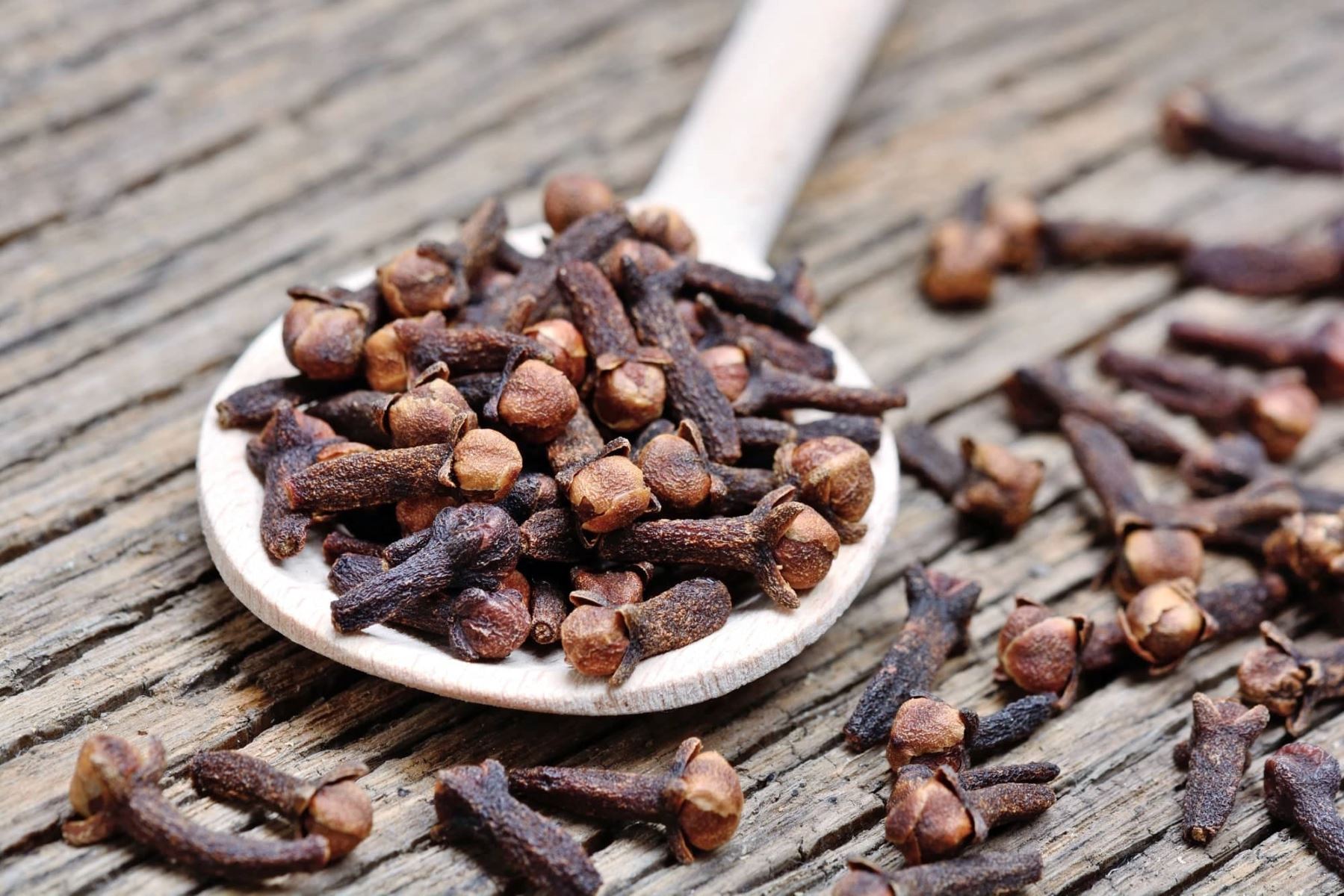
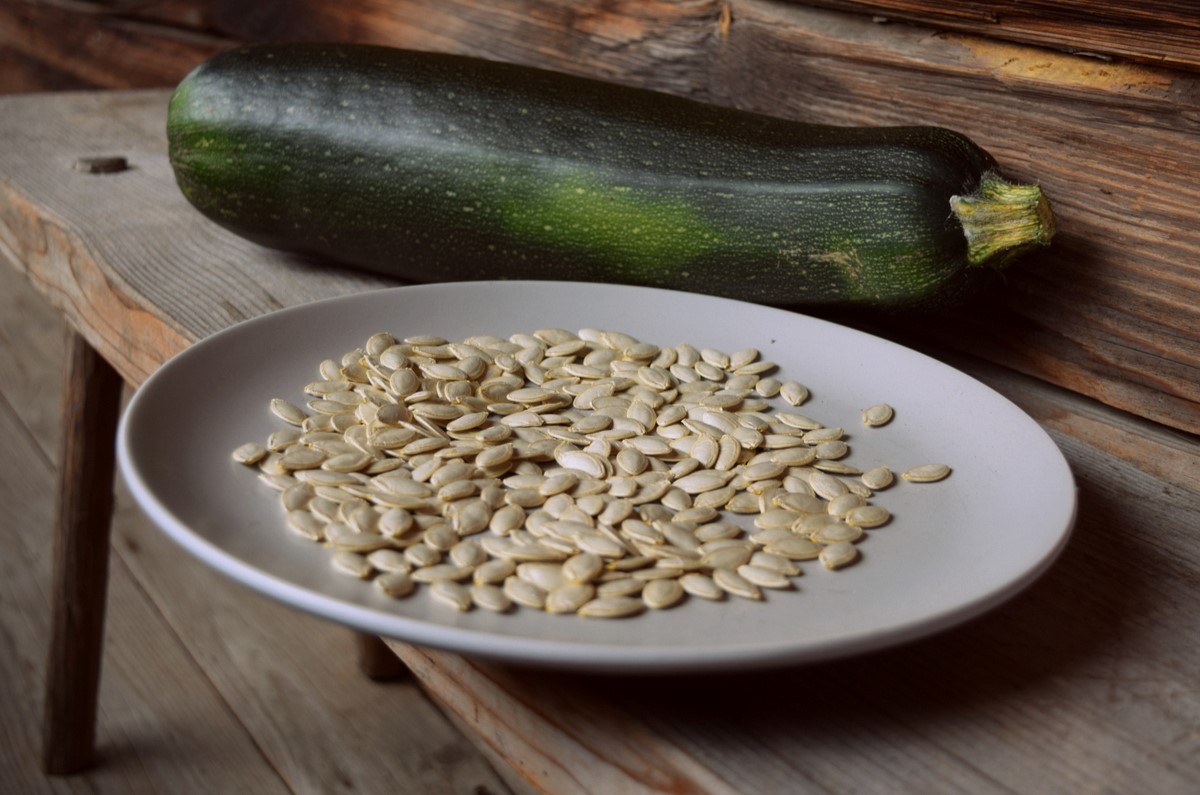
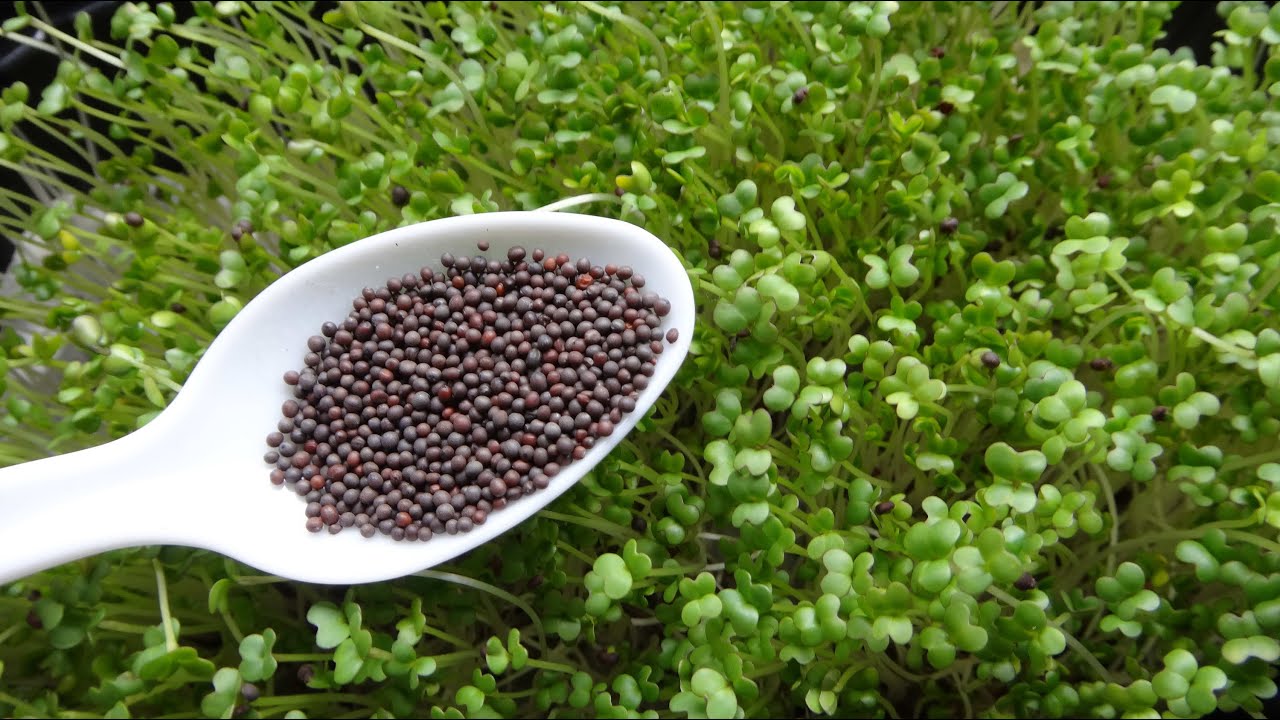
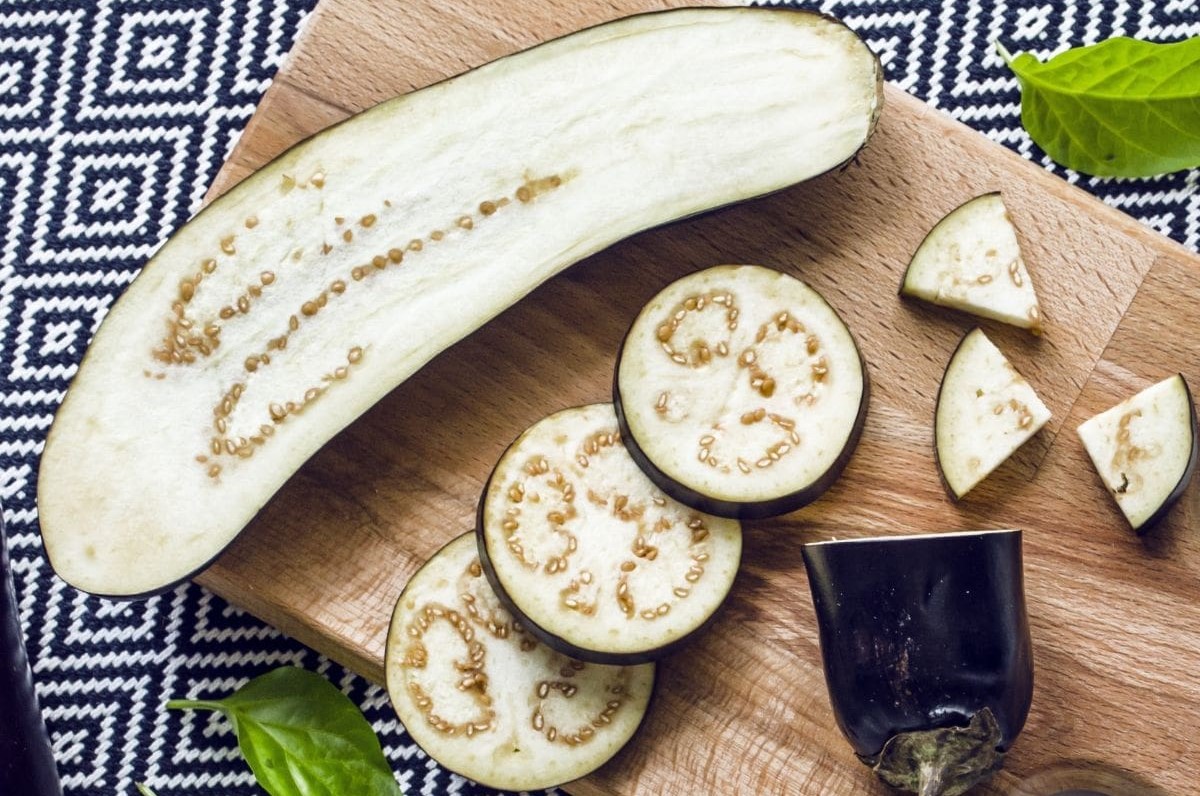
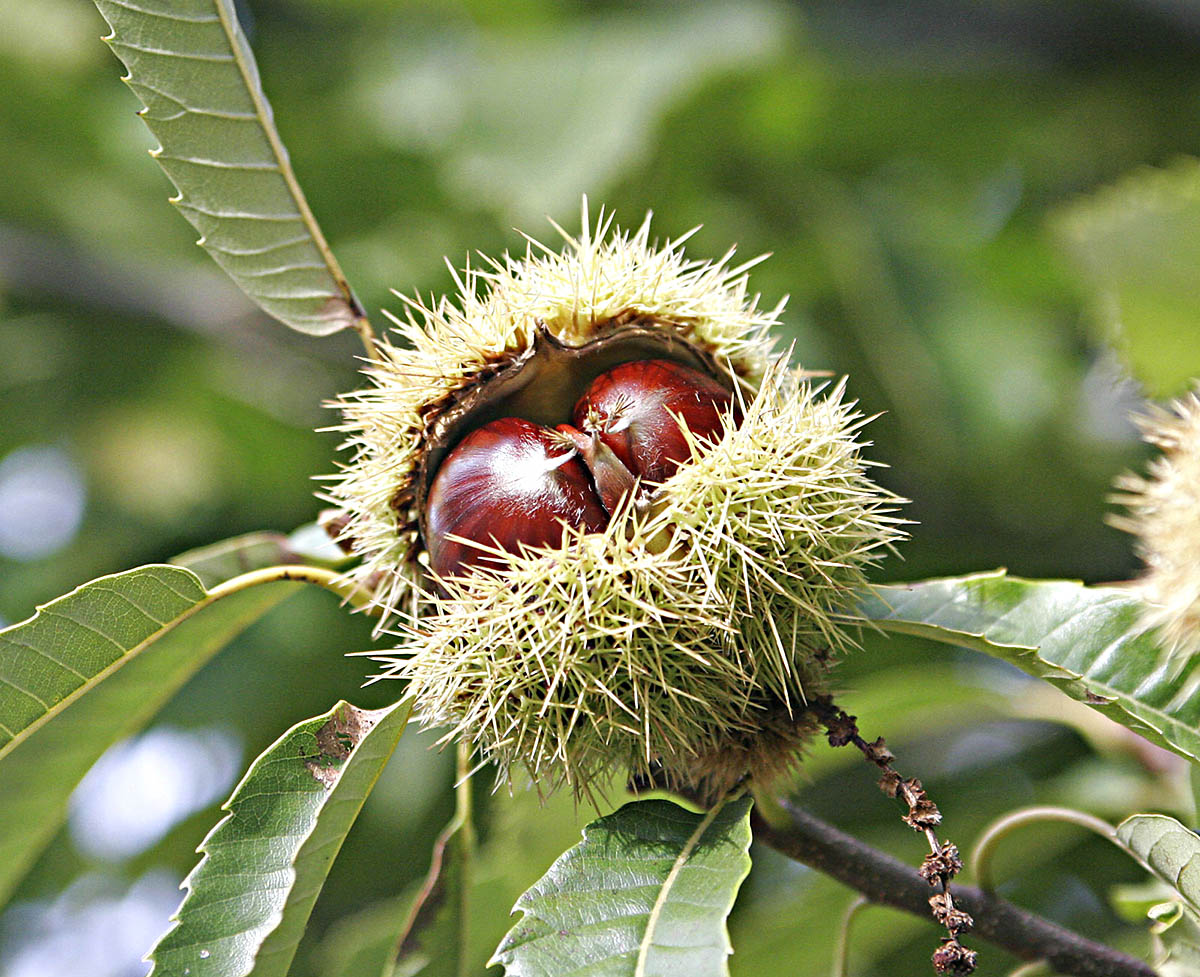
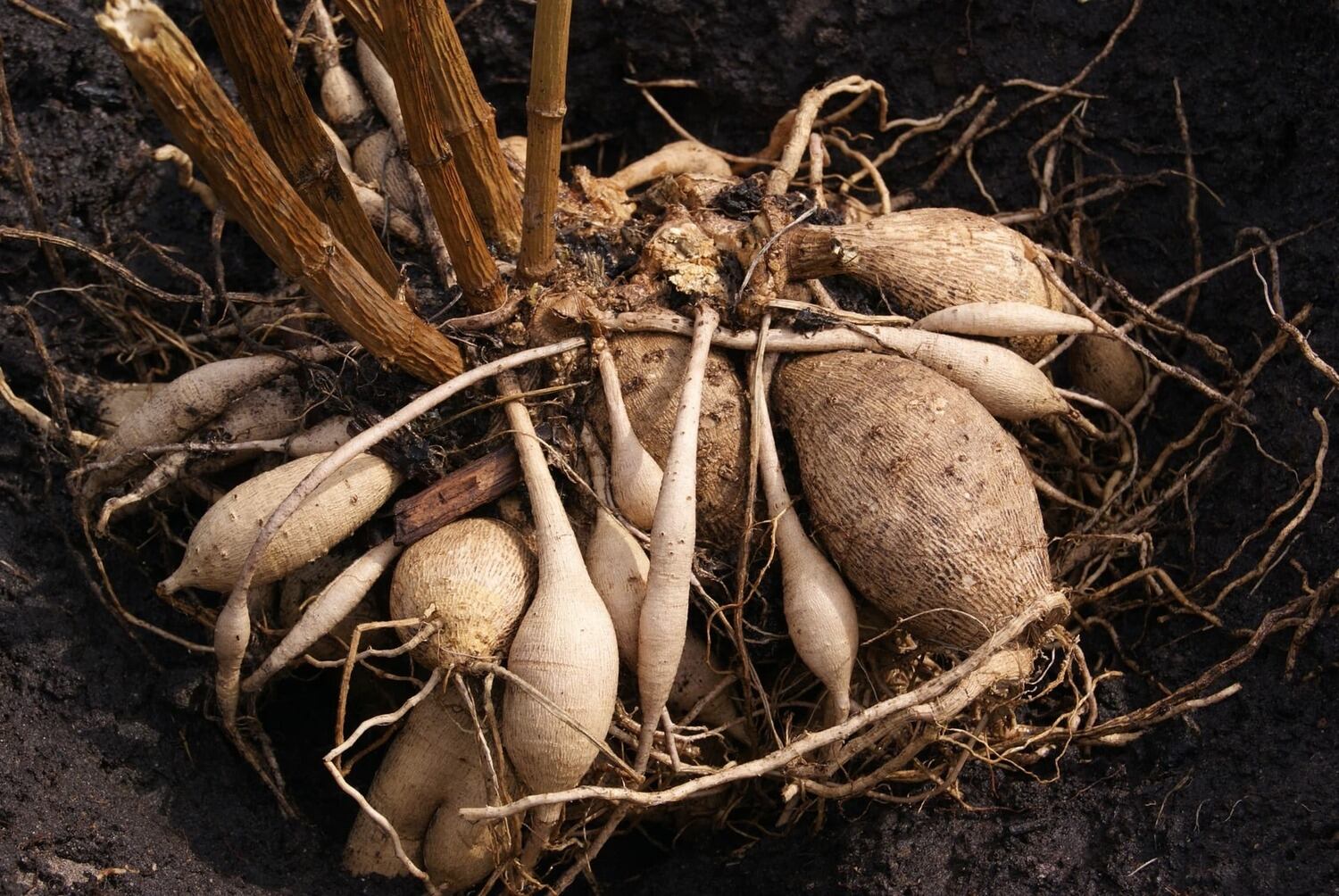

0 thoughts on “How To Get Dahlia Seeds”